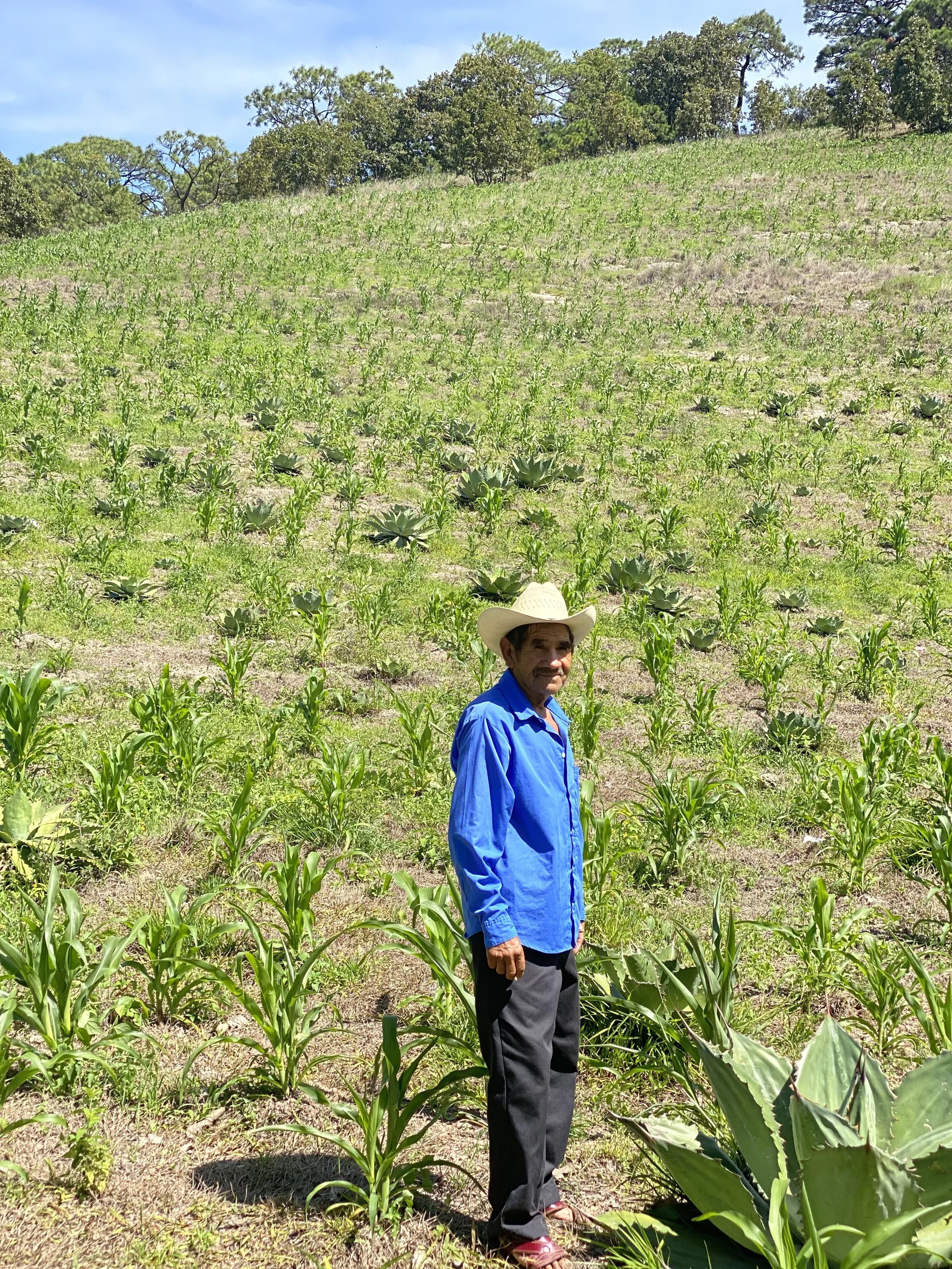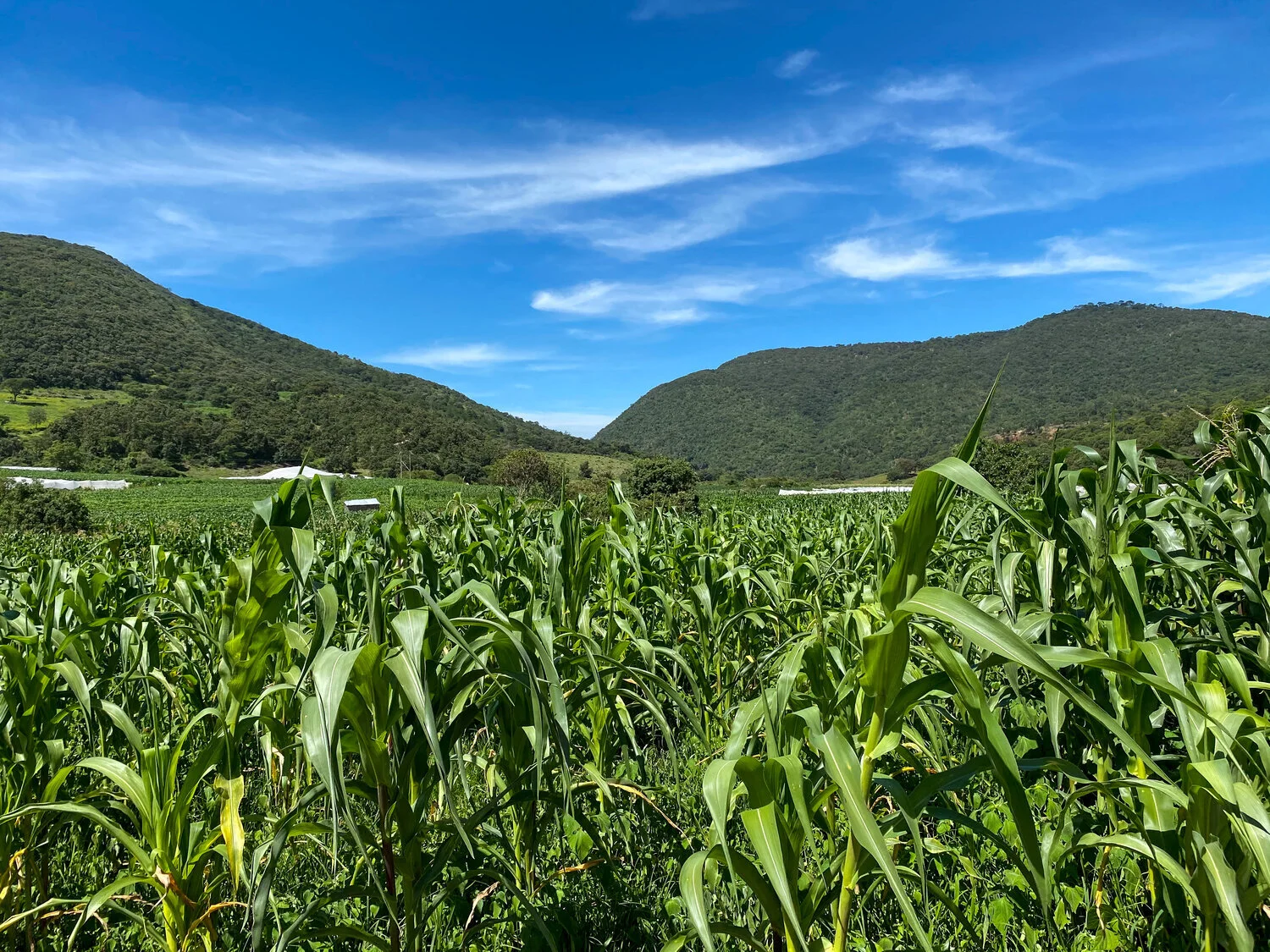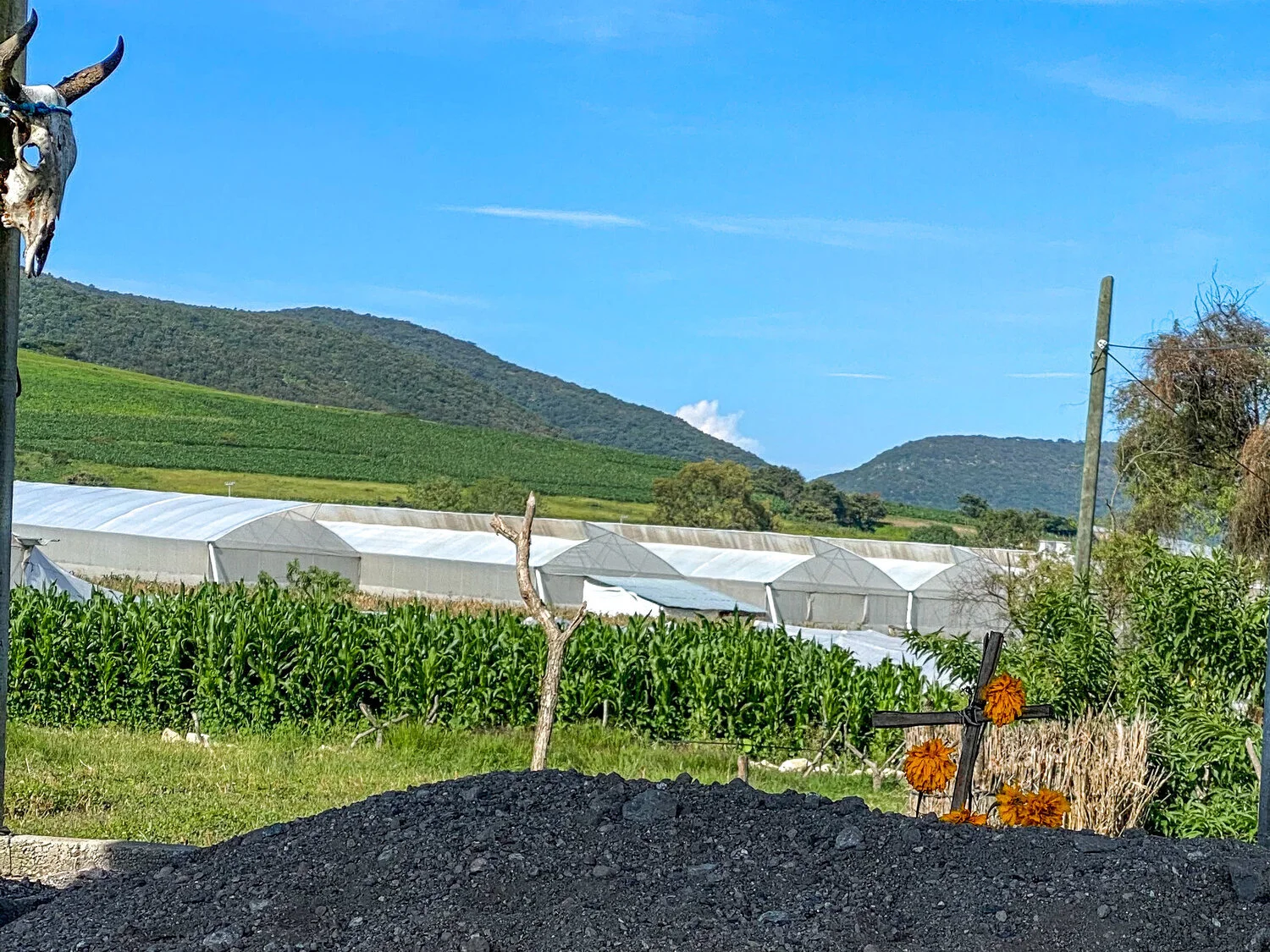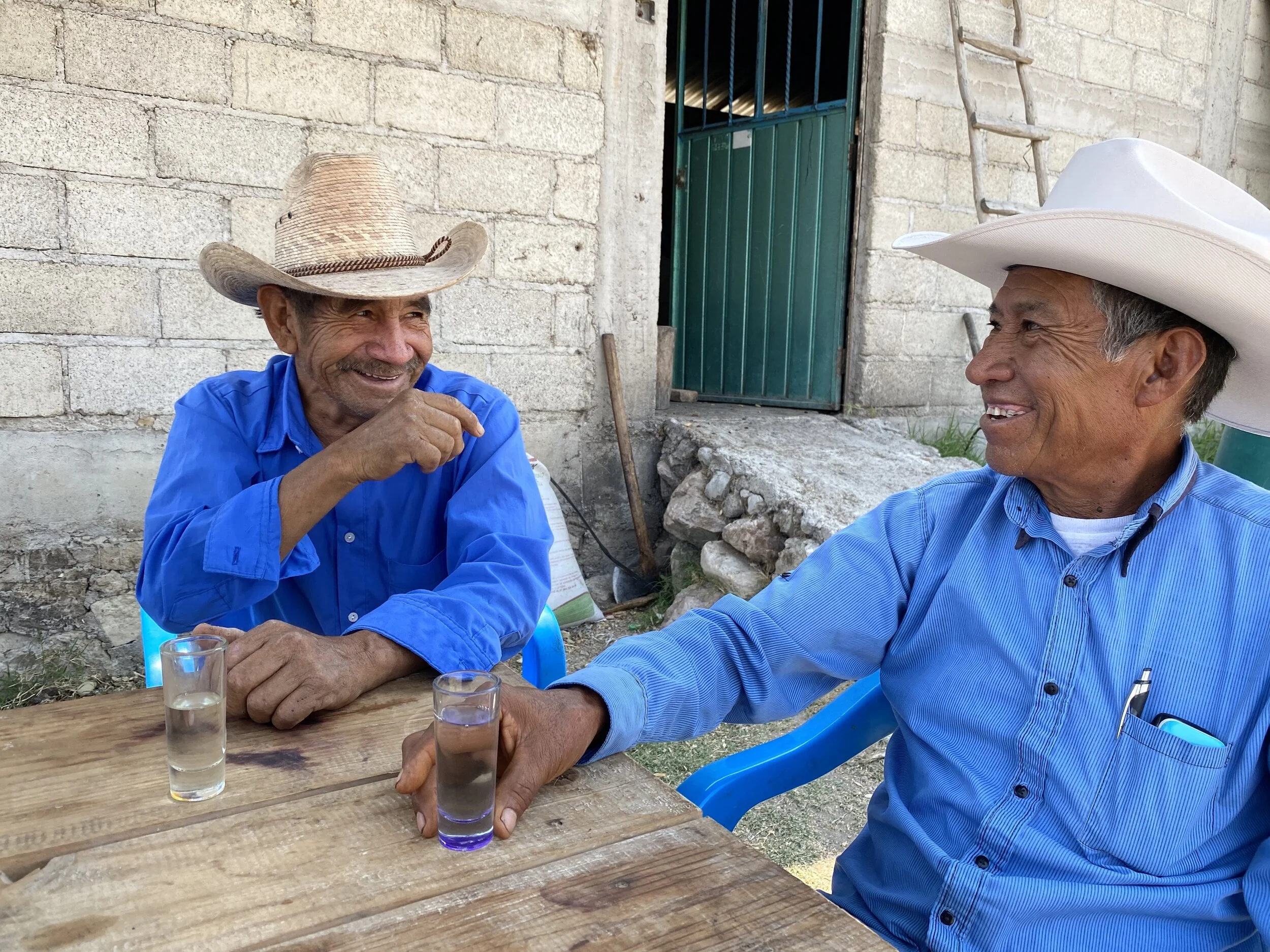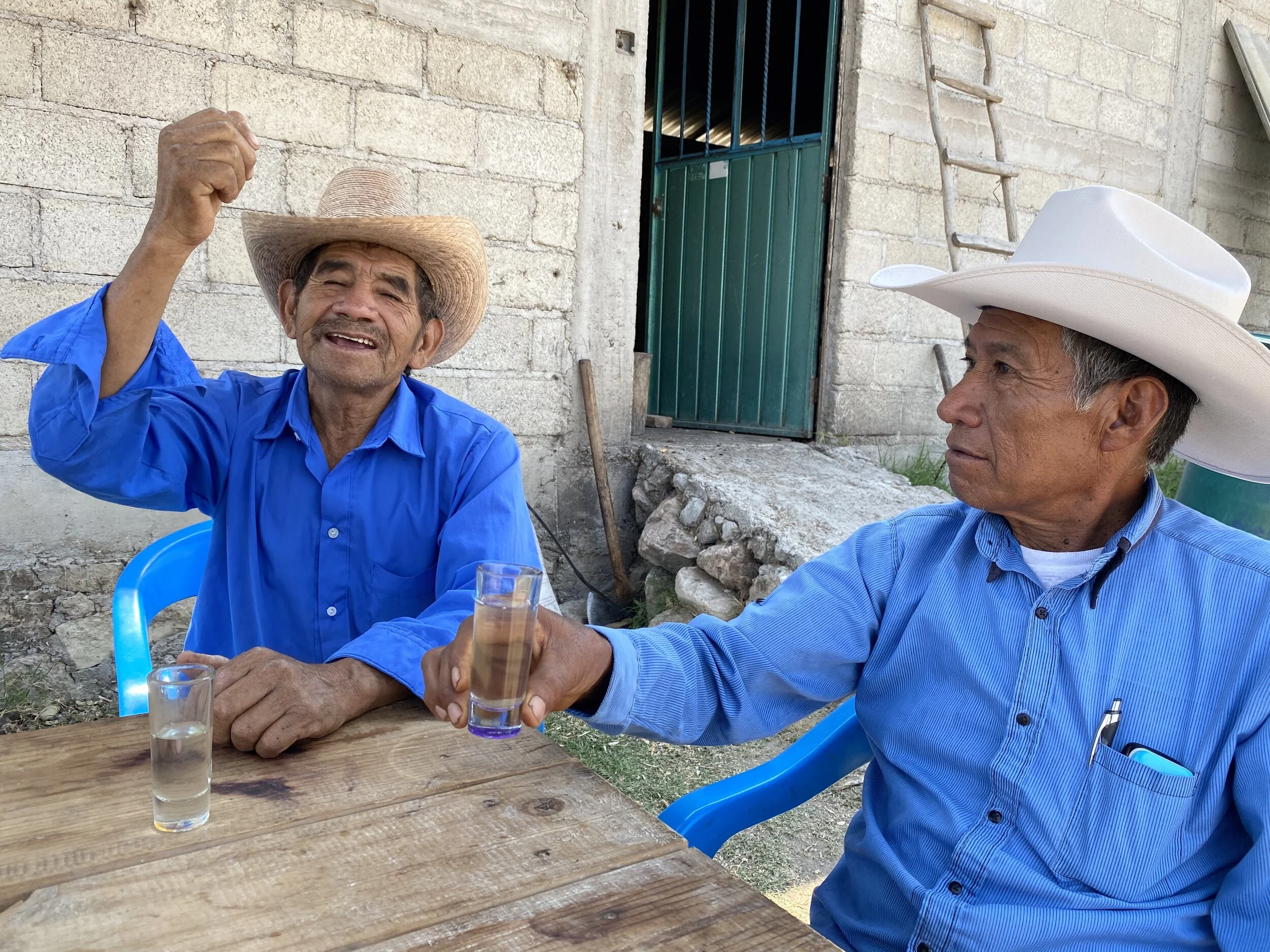Espadín
47.0%
Antonio Sonido, Pantitlán, Chilapa de Álvarez, Guerrero
Like some kind of new particle discovered by physicists, Don Antonio’s espadín wasn’t just an interesting new destilado for us to enjoy, but one that made us rethink some of our most basic ideas about espadín as a varietal.
Around the world, most people familiar with mezcal and agave spirits are mainly drinking spirits produced in Oaxaca, so it’s no surprise that most think of espadín (A. angustifolia Haw.) as the most widely available and least expensive varietal. In 2021 Oaxaca, espadín is most definitely both of those. And while this batch is many things – savory, sweet, spiced, rich – it’s most definitely not from Oaxaca.
Don Antonio recalls first encountering espadín in Chilapa de Álvarez in 2008. Unlike papalote (A. cupreata) and zacatoro (a local variant of A. angustifolia) which have been in the region since time immemorial, the espadín seeds or hijuelos had be imported from other states. Adding to the expense, espadín plants prefer to grow on prime, flat land normally reserved for milpa crops as opposed to papalote and zacatoro which do best on hillside plots that don’t work well for corn, beans or squash. While local mezcaleros were impressed by the tales of espadín’s large size, high sugar content, and prolific cloning, the upfront costs were higher than most of Don Antonio’s neighbors were willing to invest, and so espadín developed a reputation as a “luxury” agave.
Generating 20-30 hijuelos de raiz (clones) during their 8-12 year lifespan, it’s certainly possible that the varietal will one day become as common in Guerrero as it is in many other parts of Mexico, however; with less than two generations so far, the species’ overall numbers are still nowhere close to that of papalote. Don Antonio estimates there are a few thousand espadines throughout the region, compared with many millions of papalotes.
Whatever happens with the future of espadín in Chilapa, this batch defies any Oaxaca-centric ideas about how espadín. How much are those differences attributable to the terroir of Guerrero VS Oaxaca? How much is the product of a maestro palenquero whose palate was trained on papalote? Did the cost and rarity of the agaves used in this batch earn it special attention that improved the result?
All questions to ponder over the next 200 mils.
Don Antonio and Don Cuco
Don Antonio gives us a song




